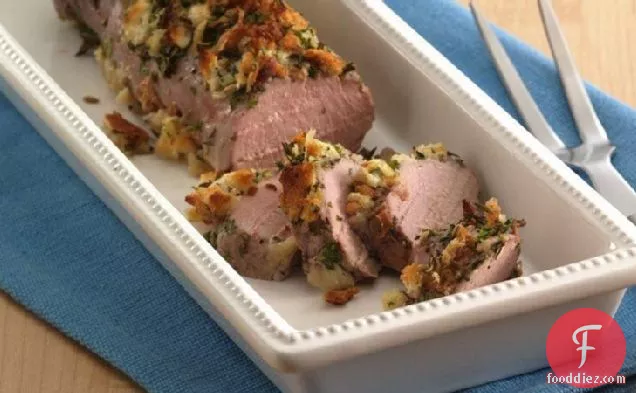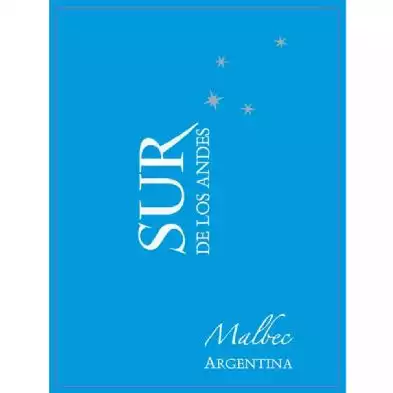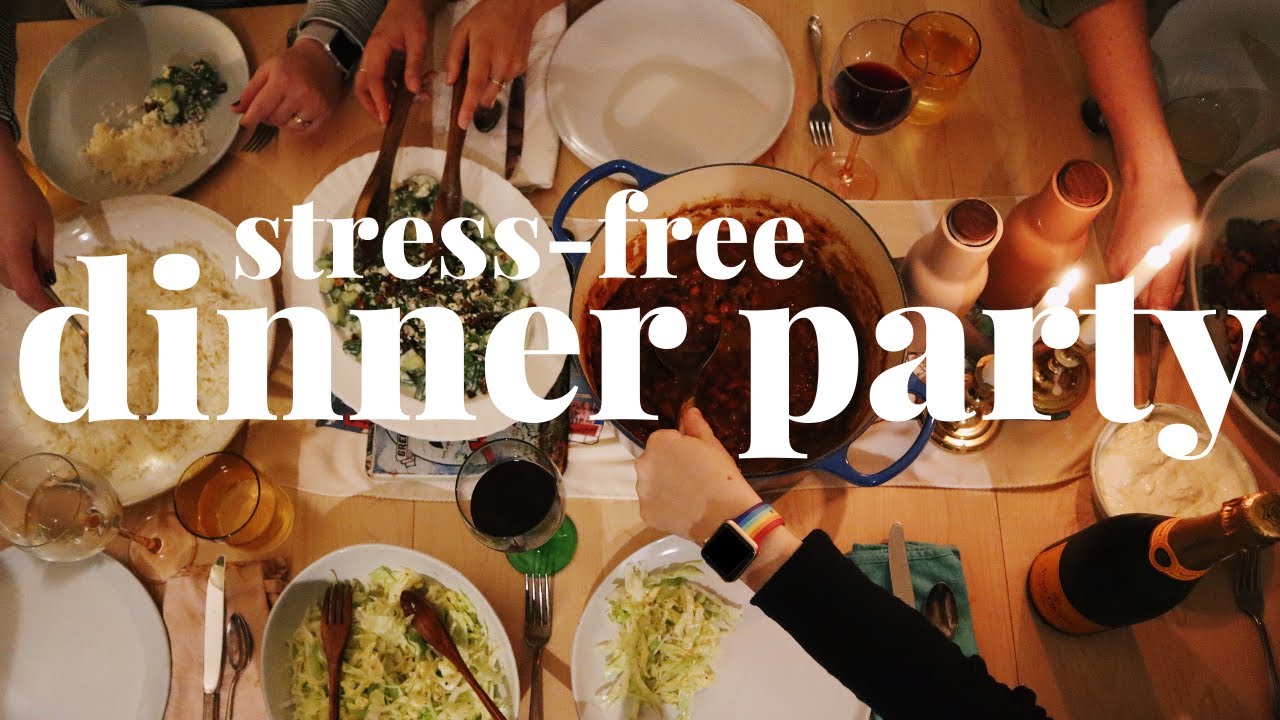Herb-Crusted Pork Tenderloin

Herb-Crusted Pork Tenderloin might be just the main course you are searching for. One portion of this dish contains around 26g of protein, 7g of fat, and a total of 230 calories. This recipe serves 6. Head to the store and pick up coarsely ground pepper, fennel seed, parsley, and a few other things to make it today. To use up the vegetable oil you could follow this main course with the Blueberry Coffee Cake #SundaySupper as a dessert. It is a good option if you're following a dairy free diet. From preparation to the plate, this recipe takes about 1 hour and 5 minutes.
Instructions
1
Heat oven to 450°F. Spray shallow roasting pan and rack with cooking spray.
Ingredients you will need![Cooking Spray]() Cooking Spray
Cooking Spray
Equipment you will use![Roasting Pan]() Roasting Pan
Roasting Pan![Oven]() Oven
Oven
2
Place pork tenderloins on rack in pan.
Ingredients you will need![Pork Tenderloin]() Pork Tenderloin
Pork Tenderloin
Equipment you will use![Frying Pan]() Frying Pan
Frying Pan
3
In small bowl, mix remaining ingredients. Spoon herb mixture evenly over pork. Insert ovenproof meat thermometer so tip is in the thickest part of pork. Cover pork loosely with foil.
Ingredients you will need![Meat]() Meat
Meat![Pork]() Pork
Pork
Equipment you will use![Kitchen Thermometer]() Kitchen Thermometer
Kitchen Thermometer![Bowl]() Bowl
Bowl![Aluminum Foil]() Aluminum Foil
Aluminum Foil
5
Bake uncovered 10 to 15 minutes longer or until thermometer reads 155°F. Cover pork loosely with foil and let stand 10 to 15 minutes or until thermometer reads 160°F. (Temperature will continue to rise about 5°F, and pork will be easier to carve.)
Ingredients you will need![Pork]() Pork
Pork
Equipment you will use![Kitchen Thermometer]() Kitchen Thermometer
Kitchen Thermometer![Oven]() Oven
Oven![Aluminum Foil]() Aluminum Foil
Aluminum Foil
Ingredients
Recommended wine: Malbec, Pinot Noir, Sangiovese
Malbec, Pinot Noir, and Sangiovese are my top picks for Pork Tenderloin. Pinot noir's light body is great for lean cuts, medium bodied sangiovese complement meaty sauces, stews, and other multi-ingredient dishes, and full-bodied tannic malbec pairs with fatty cuts and barbecue. One wine you could try is Sur de los Andes Malbec. It has 4.9 out of 5 stars and a bottle costs about 10 dollars.

Sur de los Andes Malbec
A juicy Malbec with lively acidity backing the raspberry, blackberry and plum notes woven with soft tannins and spice-tinged finish. All the grapes are double sorted upon arrival to the winery. All fermentations take place naturally with native yeasts. Fermentation takes 20 days with 2 days of cold maceration, at temperatures between 24-27 Celsius to achieve the most complexity. The wine then goes through 100% Malolactic Fermentation and is aged in older oak casks.DifficultyHard
Ready In1 h, 5 m.
Servings6
Health Score19
DietsDairy Free
Magazine

Your Inner Chef with Taylor Swift's Top 3 Recipes from Her Beloved NYC Hangout

20 Mouthwatering Recipes You Need to Try Today!

Master the Art of Making Perfect Pancakes with This Foolproof Recipe

The Science Behind Red Wine: Its Surprising Health Benefits and Potential Risks

12 Wine Cocktails for a Sophisticated Twist

Sip, Swirl, and Celebrate: Toasting to National Wine Day on May 25th

National Drink Wine Day on February 18

Celebrating Souffle Day with Delectable Delights

Indulge in the Delightful Flavor of Oyster Soup on Its Special Day!

Celebrating World Nutella Day

Your Inner Chef with Taylor Swift's Top 3 Recipes from Her Beloved NYC Hangout

20 Mouthwatering Recipes You Need to Try Today!

Sip, Swirl, and Celebrate: Toasting to National Wine Day on May 25th

National Drink Wine Day on February 18

Indulge in the Delightful Flavor of Oyster Soup on Its Special Day!

These Super Recipes for Your Football Party!

The Secrets Behind 3 Classic Comfort Food Recipes

Recipes to Spice Up Your February Menu

Top 20+ Must-Try Recipes Dominating February 2024
























